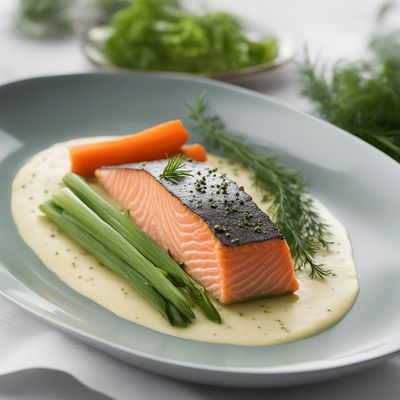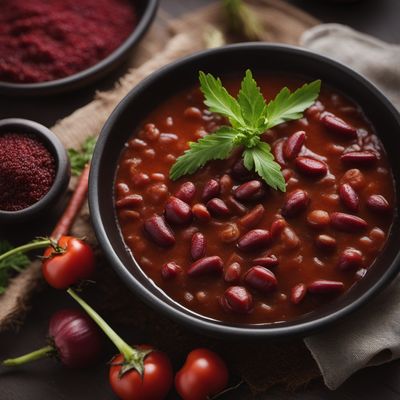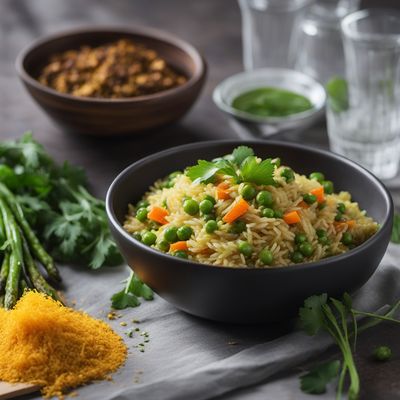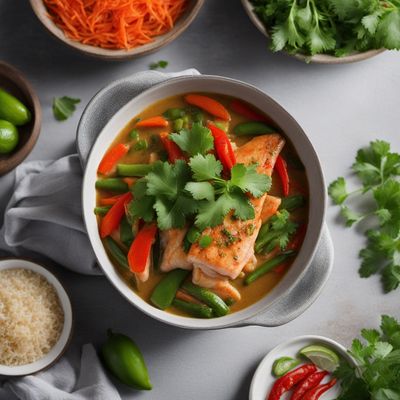
Ingredient
Carrots
The Vibrant Root Vegetable
Carrots are known for their bright orange color, crisp texture, and sweet, earthy taste. They have a firm, crunchy flesh and a slightly sweet flavor that intensifies when cooked. With their vibrant hue and versatility, carrots are a staple ingredient in both savory and sweet dishes.
Origins and history
Carrots have a rich history that dates back to ancient times. Originating in Central Asia, they were initially cultivated for their aromatic leaves and seeds rather than their roots. Over time, selective breeding led to the development of the sweet, orange carrots we know today. Carrots have been widely used in various cuisines around the world, from the Middle East to Europe and Asia.
Nutritional information
Carrots are low in calories and packed with essential nutrients. They are an excellent source of beta-carotene, which is converted into vitamin A in the body. Carrots also provide dietary fiber, vitamin K, potassium, and antioxidants, making them a nutritious addition to any diet.
Allergens
Carrots are generally well-tolerated and not commonly associated with allergies. However, individuals with oral allergy syndrome may experience mild allergic reactions to carrots due to cross-reactivity with birch pollen or other allergens.
How to select
When selecting carrots, look for firm, smooth, and brightly colored roots. Avoid carrots that are soft, wilted, or have cracks or blemishes. The greens should be fresh and vibrant, indicating freshness. Opt for medium-sized carrots, as they tend to be sweeter and more tender than larger ones.
Storage recommendations
To prolong the freshness of carrots, remove the greens and store them separately in the refrigerator. Place the carrots in a plastic bag or airtight container lined with paper towels to absorb excess moisture. Stored this way, carrots can last for up to two weeks. Avoid storing carrots near ethylene-producing fruits, as they can cause the carrots to become bitter.
How to produce
Carrots can be easily grown in home gardens or containers. They thrive in loose, well-drained soil and require regular watering. Sow carrot seeds directly in the ground or start with seedlings. Thin the seedlings to allow proper root development, and provide adequate sunlight for optimal growth.
Preparation tips
Carrots can be enjoyed raw, steamed, boiled, roasted, or incorporated into a variety of dishes. They add sweetness and crunch to salads, soups, stews, and stir-fries. Carrots can also be grated and used in cakes, muffins, and other baked goods to add moisture and natural sweetness.
Culinary uses
Carrots are widely used in culinary applications around the world. They are a staple ingredient in dishes such as carrot cake, carrot soup, glazed carrots, and carrot salad. Carrots are also commonly used as a garnish, grated into coleslaw, or served as a side dish.
Availability
Carrots are cultivated in many countries, including China, Russia, the United States, India, and France. They are readily available in most grocery stores, supermarkets, and farmers markets worldwide.
More ingredients from this category
Recipes using Carrots » Browse all

Kokoro Delight
Savory Harmony: Kokoro Delight

Montenegrin-style Stuffed Meat Rolls
Savory Delights: Montenegrin Stuffed Meat Rolls

Swedish Poached Salmon with Dill Sauce
Nordic Delight: Tender Poached Salmon with Creamy Dill Sauce

Bosnian Grah iz Ćupa
Hearty Bosnian Bean Stew: Grah iz Ćupa

Coq au Vin - Japanese Style
Umami-infused Chicken Stew with Red Wine

Italian Herb-infused Bollito Misto
Aromatic Medley: Italian Herb-infused Bollito Misto

IONA-style Catatos
Atlantic Island Fusion: IONA-style Catatos

Anglo-Indian Spring Vegetable Pilaf
Spiced Pilaf with Fresh Spring Vegetables: A Fusion of Anglo-Indian Flavors

Sere de Pescado with Coconut Milk and Vegetables
Tropical Delight: Creamy Fish Stew with Fresh Vegetables

Cambodian-style Ichigoni Soup
Tangy and Spicy Cambodian Ichigoni Soup: A Fusion of Japanese and Cambodian Flavors

Cincin Curry Delight
Malaysian Spice Infused Curry with a Twist

Coconut Curry Delight
Tropical Coconut Curry: A Taste of the Mariana Islands

